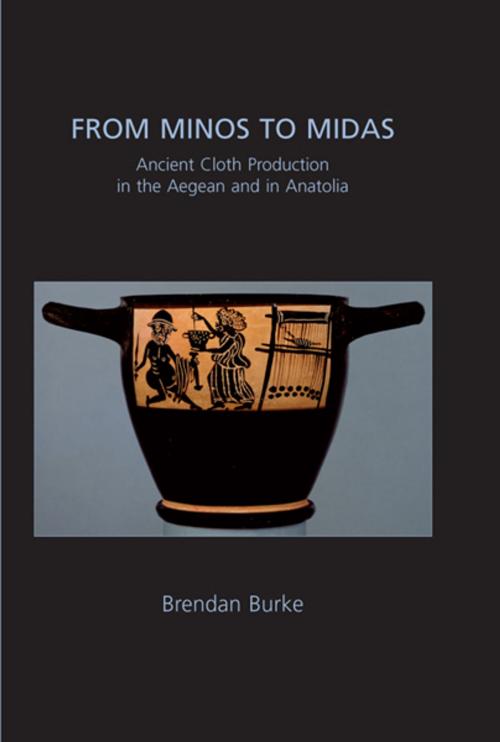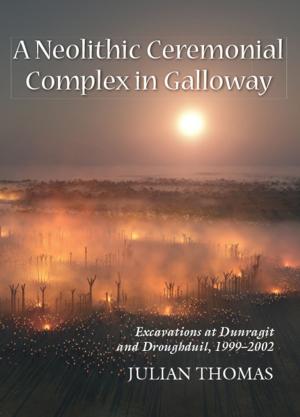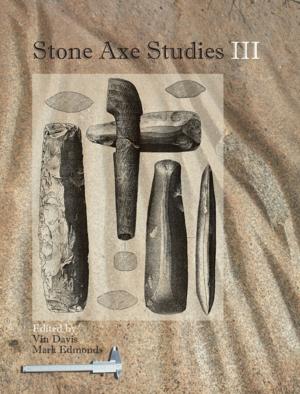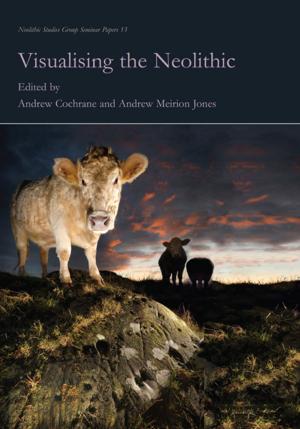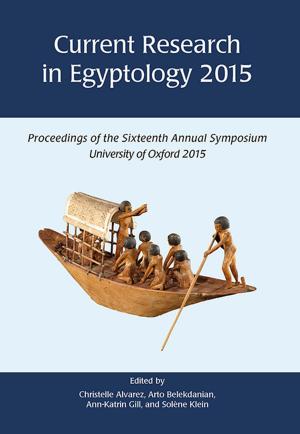From Minos to Midas
Ancient Cloth Production in the Aegean and in Anatolia
Nonfiction, Social & Cultural Studies, Social Science, Archaeology, History, Ancient History| Author: | Brendan Burke | ISBN: | 9781842177716 |
| Publisher: | Oxbow Books | Publication: | May 31, 2010 |
| Imprint: | Oxbow Books | Language: | English |
| Author: | Brendan Burke |
| ISBN: | 9781842177716 |
| Publisher: | Oxbow Books |
| Publication: | May 31, 2010 |
| Imprint: | Oxbow Books |
| Language: | English |
Textile production was of greater value and importance to people in the past than any other social craft activity: everyone depended on cloth. As with other craft goods, such as pottery, metal objects, or ivory carving, the large-scale production and exchange of textiles required specialization and some degree of centralization. This book takes an explicitly economic approach to textile production, focusing on regional centers, most often referred to as palaces, to understand the means by which states in the Aegean and Anatolia financed themselves through cloth industries. From this we can look for evidence of social stratification, inter-regional exchange, and organized bureaucracies. Spanning multiple millennia and various sources of evidence, Burke illustrates the complex nature of cloth production, exchange, and consumption and what this tells us about individual societies and prehistoric economies, as well as how developments in cloth industries reflect larger aspects of social organization.
Textile production was of greater value and importance to people in the past than any other social craft activity: everyone depended on cloth. As with other craft goods, such as pottery, metal objects, or ivory carving, the large-scale production and exchange of textiles required specialization and some degree of centralization. This book takes an explicitly economic approach to textile production, focusing on regional centers, most often referred to as palaces, to understand the means by which states in the Aegean and Anatolia financed themselves through cloth industries. From this we can look for evidence of social stratification, inter-regional exchange, and organized bureaucracies. Spanning multiple millennia and various sources of evidence, Burke illustrates the complex nature of cloth production, exchange, and consumption and what this tells us about individual societies and prehistoric economies, as well as how developments in cloth industries reflect larger aspects of social organization.
